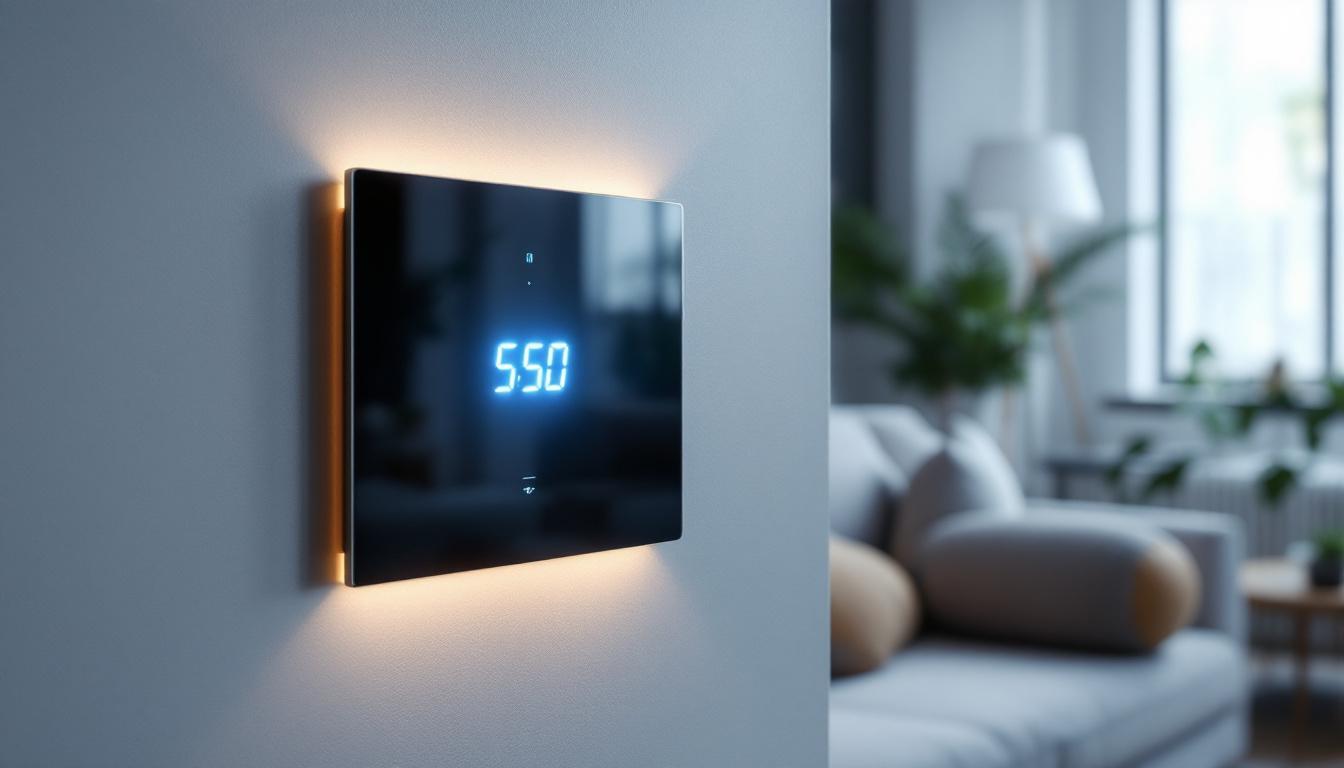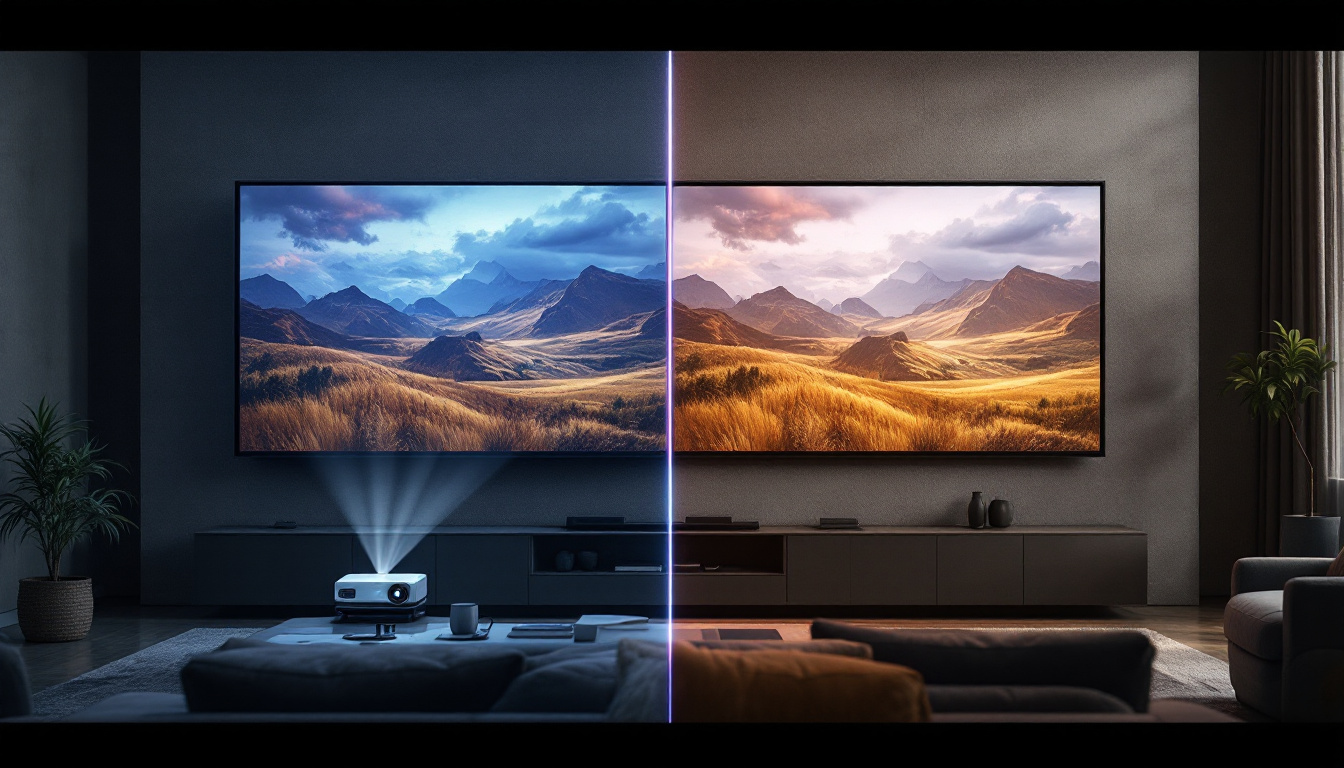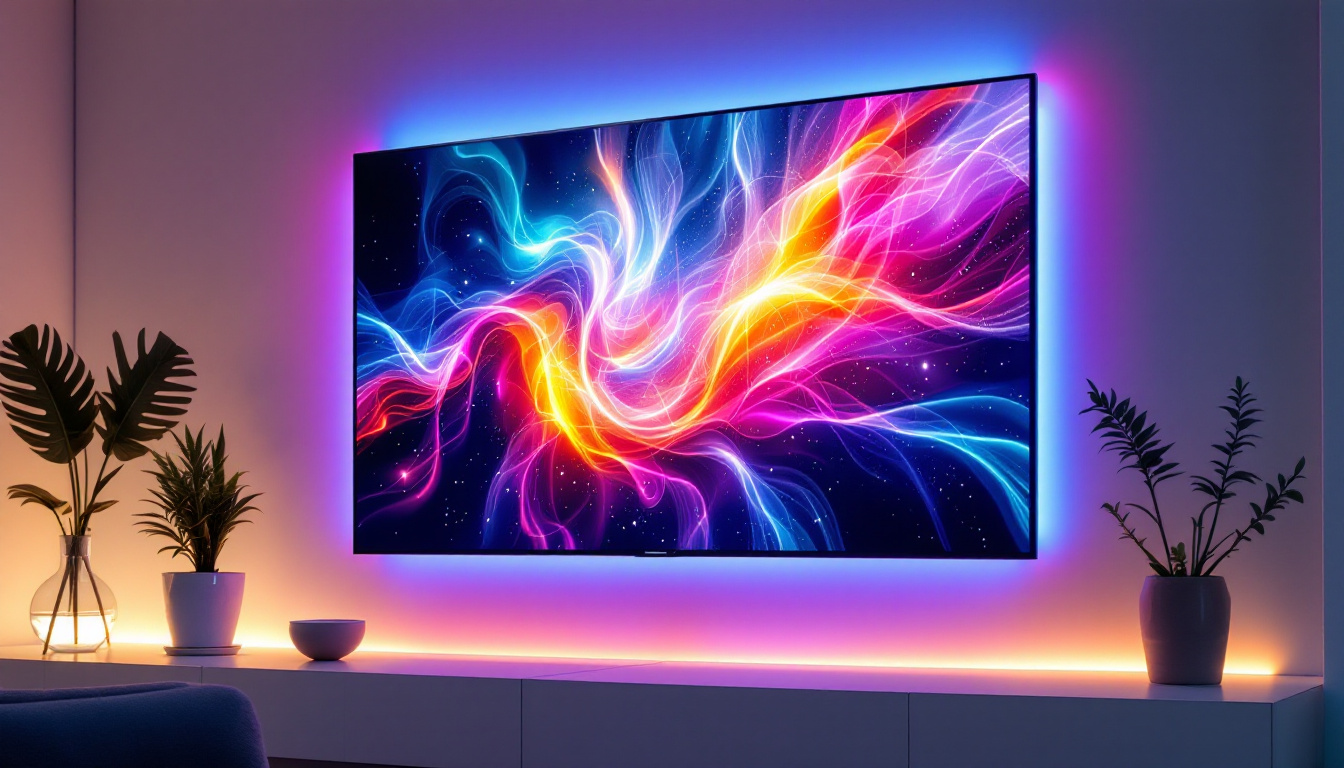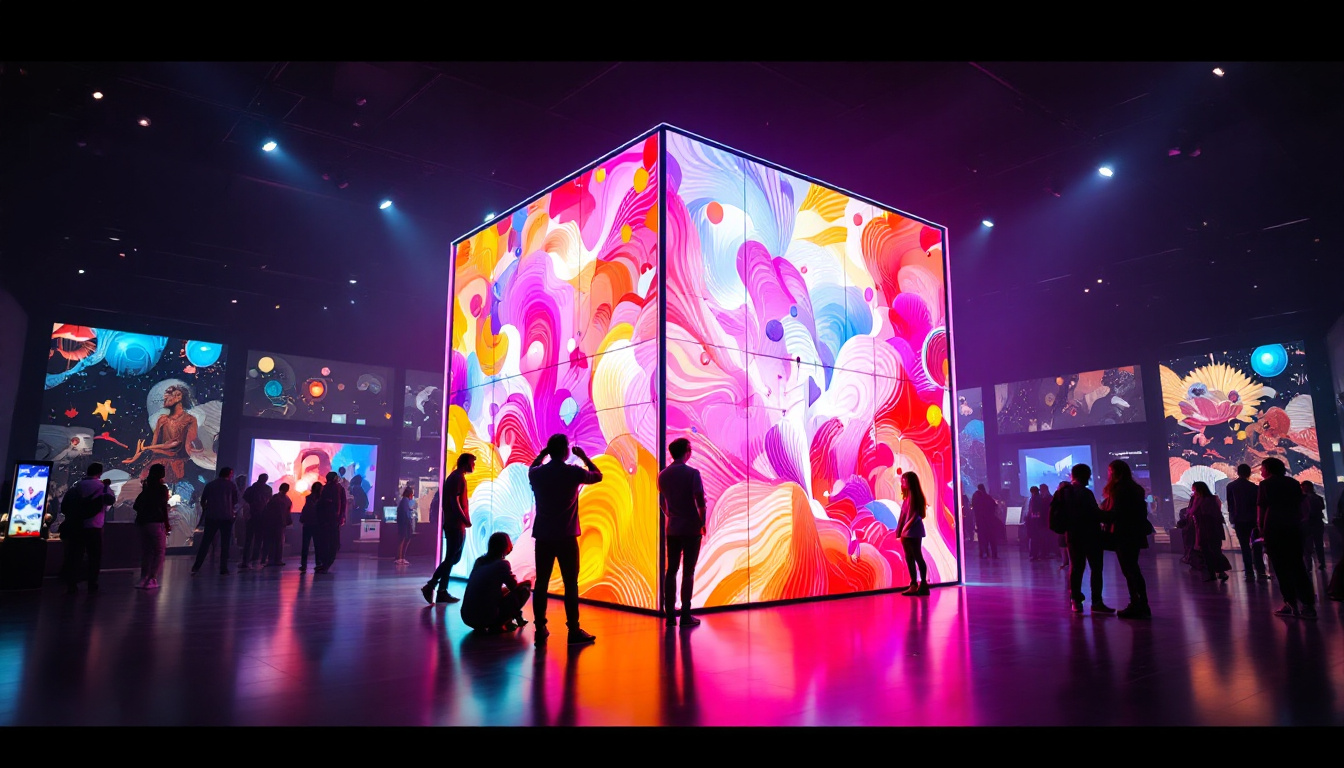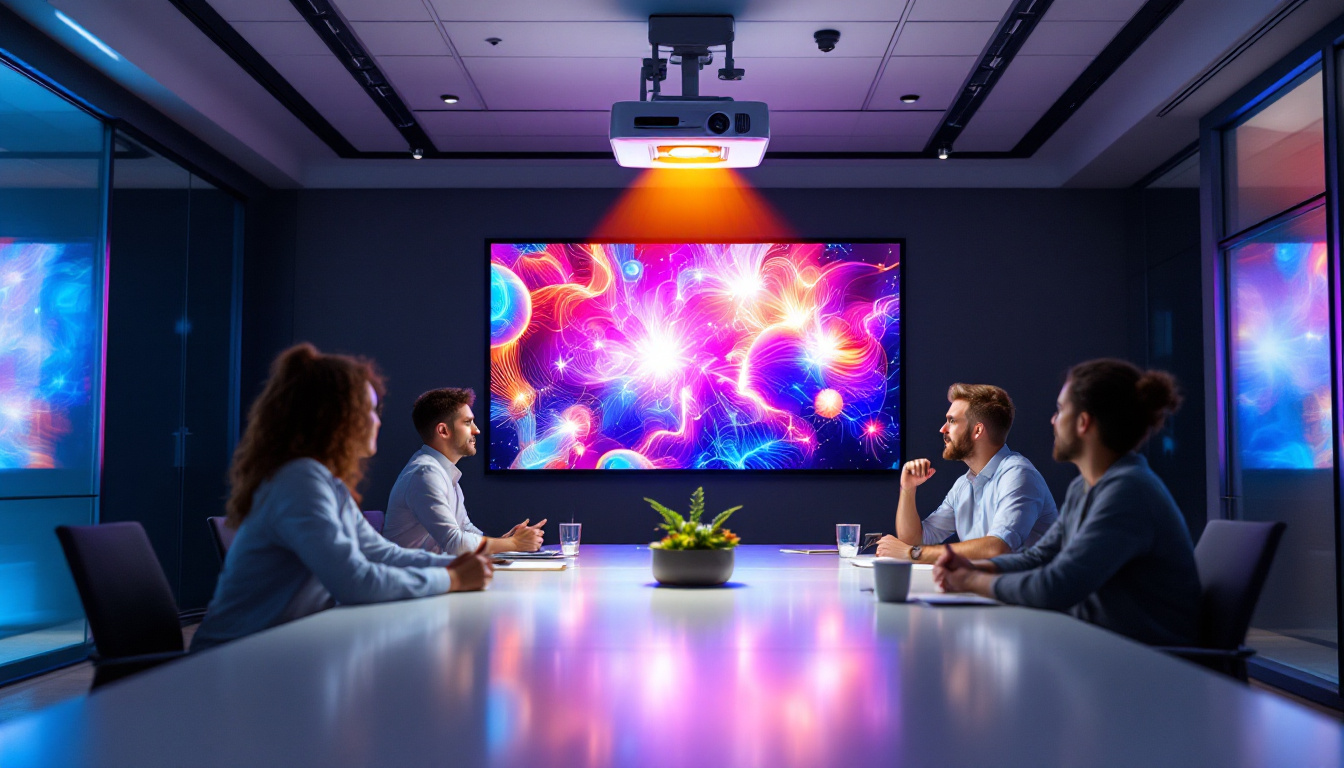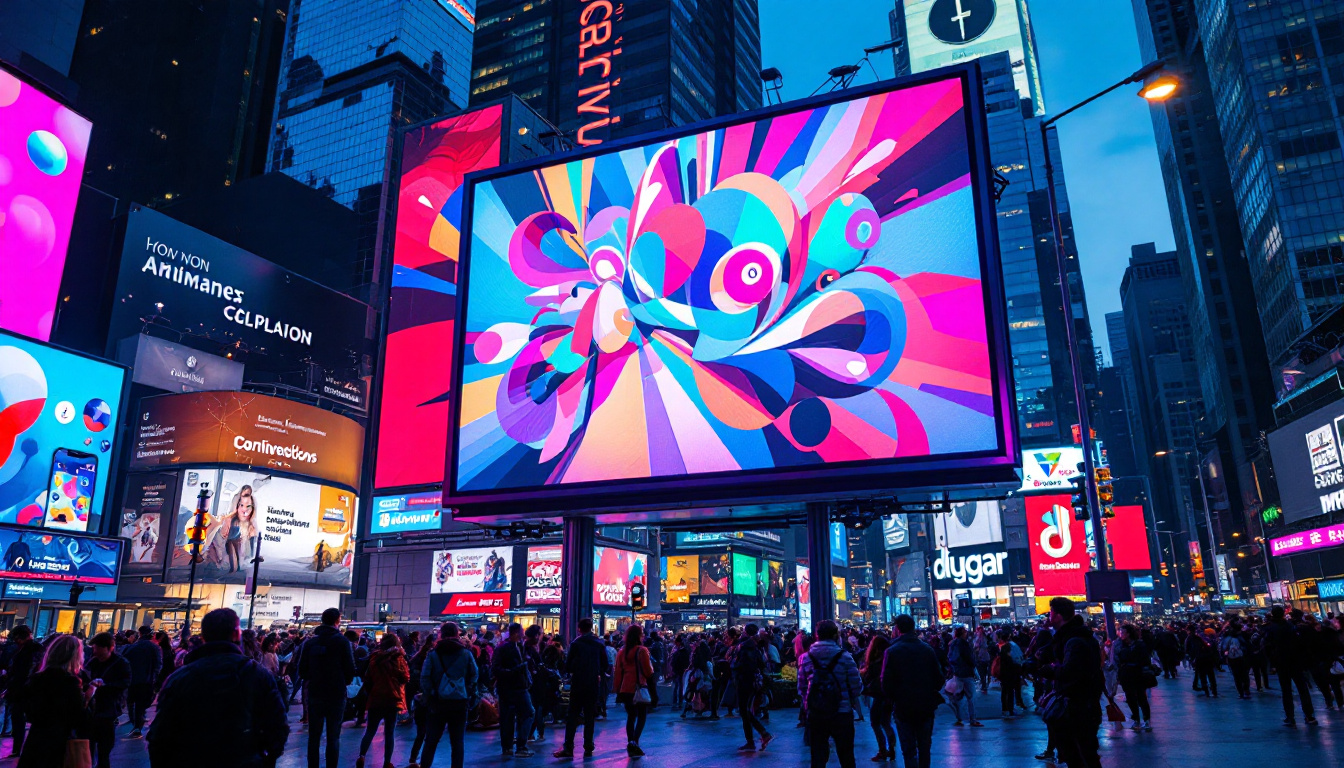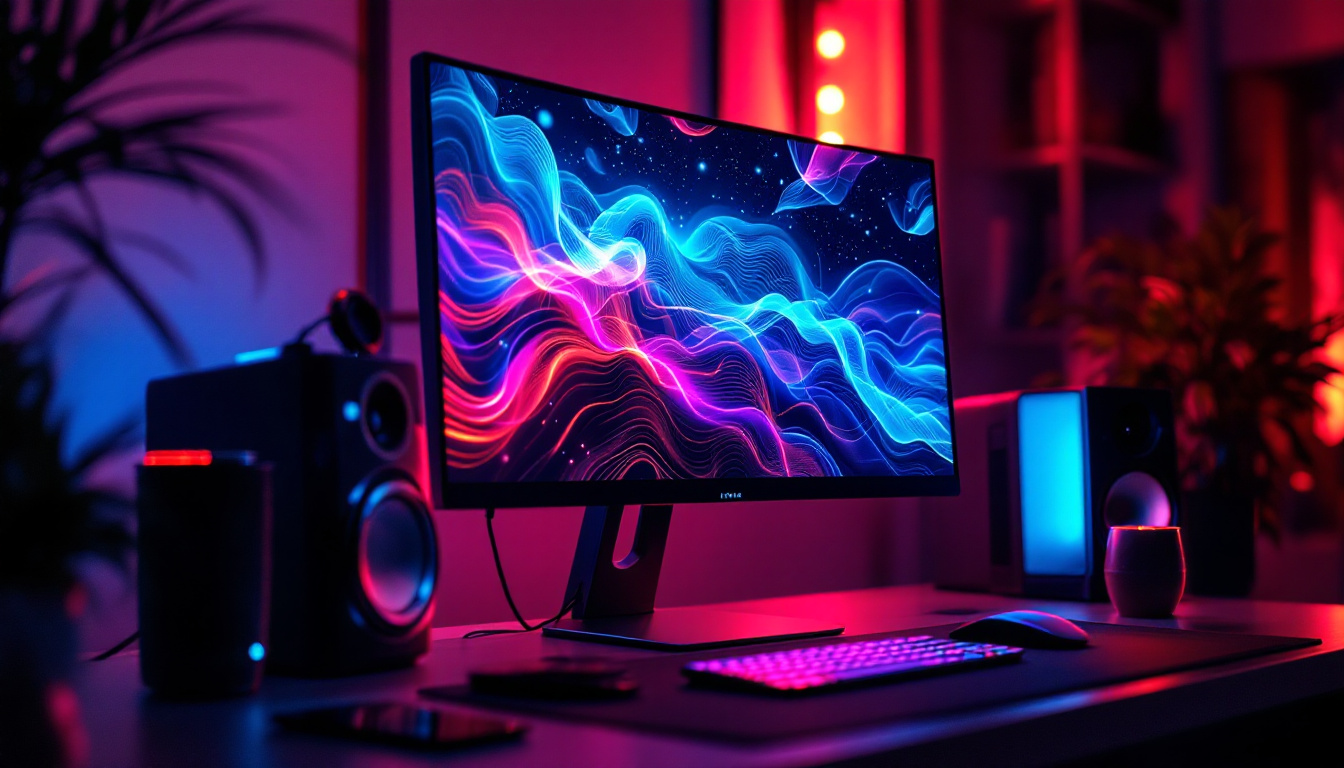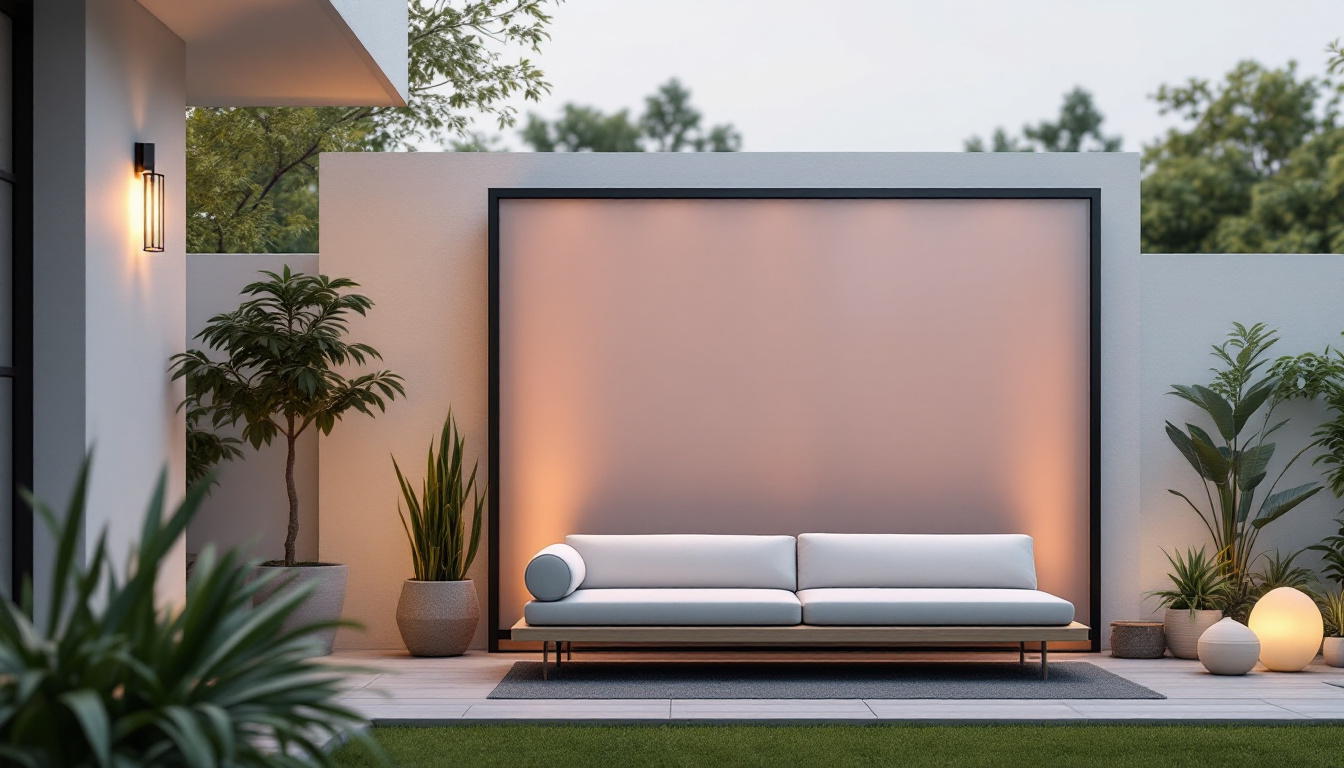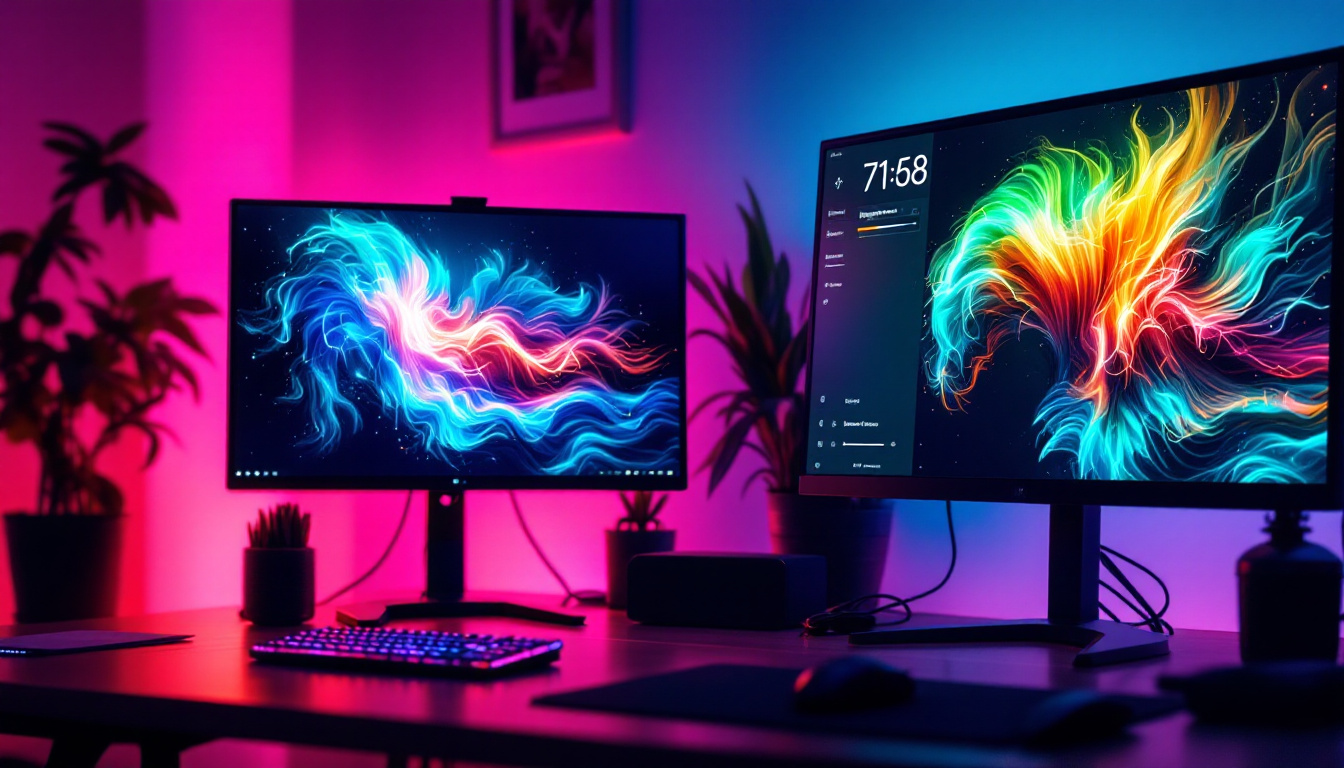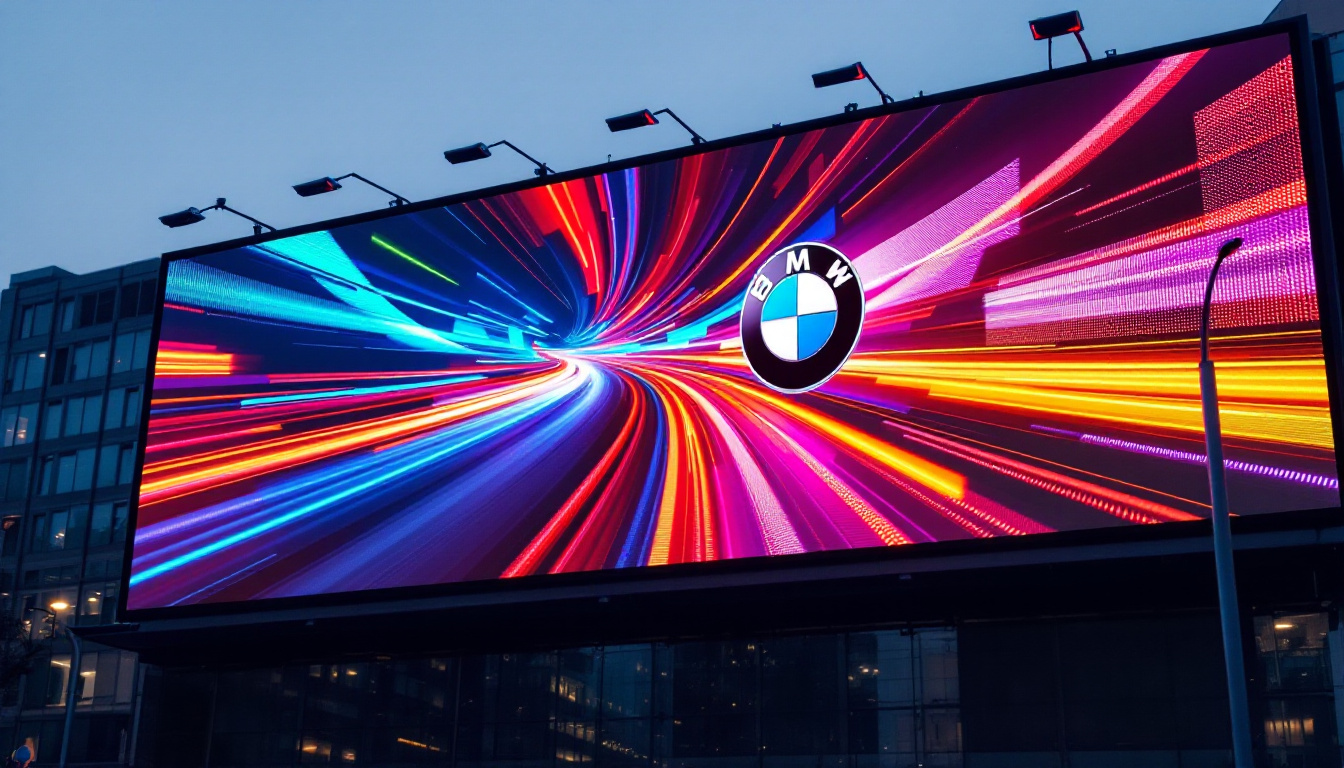In recent years, smart home technology has transformed the way we interact with everyday devices. Among these innovations, the touch screen light switch with LED display stands out as a sleek, functional, and energy-efficient solution for modern lighting control. This article delves into the technology behind touch screen light switches, the role of LED displays, and why these devices are becoming a staple in contemporary homes and commercial spaces.
Understanding Touch Screen Light Switches
Touch screen light switches represent a significant evolution from traditional mechanical switches. Instead of physically toggling a lever or pressing a button, users simply touch a smooth glass panel to control lighting. This design not only enhances aesthetic appeal but also offers greater precision and flexibility in managing lighting environments. The sleek, modern look of touch screen switches can complement various interior designs, making them a popular choice for contemporary homes and offices alike.
At the core of these devices is capacitive touch technology, similar to what is found in smartphones and tablets. When a user’s finger makes contact with the surface, it alters the local electrostatic field, which the switch’s sensors detect and interpret as a command. This mechanism allows for fast, reliable response and supports multiple touch points for advanced functionality. Additionally, many touch screen switches are designed with user-friendly interfaces, often featuring illuminated icons or color-changing displays that provide visual feedback, making it easy to identify the current lighting state even in low-light conditions.
Key Features of Touch Screen Light Switches
Modern touch screen light switches often include a variety of features that extend beyond simple on/off control:
- Dimming capabilities: Users can adjust brightness levels smoothly, creating customized ambiance.
- Scene setting: Pre-programmed lighting scenes can be activated with a single touch, ideal for different activities like reading, dining, or relaxing.
- Integration with smart home systems: Many switches connect to Wi-Fi or Zigbee networks, allowing remote control via smartphones or voice assistants.
- Energy monitoring: Some models provide real-time feedback on energy consumption, helping users optimize usage and reduce costs.
Moreover, the adaptability of touch screen light switches extends to their compatibility with various lighting types, including LED, incandescent, and fluorescent bulbs. This versatility ensures that homeowners can upgrade their lighting control without needing to replace existing fixtures. Additionally, many manufacturers are now focusing on sustainability, creating energy-efficient models that not only enhance convenience but also contribute to reducing the overall carbon footprint of a household. As technology advances, we can expect even more innovative features, such as customizable touch sensitivity and integration with home automation systems that learn user preferences over time, further enhancing the user experience.
The Role of LED Displays in Touch Screen Light Switches
LED displays on touch screen light switches serve multiple purposes, enhancing usability and user experience. Unlike traditional switches, which offer limited feedback, LED displays provide dynamic visual information that helps users understand and control their lighting environment more effectively. This advancement not only modernizes the aesthetic appeal of light switches but also aligns with the growing trend of smart home technology, where intuitive interfaces are essential for seamless interaction.
Types of LED Displays Used
There are several types of LED displays incorporated into touch screen light switches, each with distinct advantages:
- Segment LEDs: These are simple numeric or symbolic displays that show basic information such as brightness levels or timer countdowns.
- Dot matrix LEDs: More complex than segment LEDs, dot matrix displays can show icons, text, or animations, providing richer feedback.
- OLED (Organic LED) displays: Although technically different from traditional LEDs, OLEDs offer high contrast, wide viewing angles, and vibrant colors, making them ideal for premium switches.
Benefits of LED Displays in Light Switches
Integrating LED displays into touch screen light switches offers several key benefits:
- Enhanced User Interface: Visual cues such as brightness levels, color temperature, or active scenes improve user interaction and reduce confusion.
- Nighttime Visibility: Illuminated displays make it easy to locate switches in the dark without turning on additional lights.
- Customization: Users can personalize settings and see immediate feedback, which is especially helpful in multi-user households or commercial settings.
- Diagnostic Information: LED displays can show error codes or connectivity status, assisting in troubleshooting and maintenance.
Moreover, the integration of LED displays can significantly contribute to energy efficiency. By providing real-time feedback on energy consumption, users can make informed decisions about their lighting usage, leading to reduced electricity bills and a smaller carbon footprint. For instance, a touch screen light switch with an LED display can indicate when lights are left on unnecessarily, prompting users to turn them off. This feature is particularly beneficial in commercial spaces where lighting can often be overlooked, thus promoting sustainable practices in both residential and business environments.
Additionally, the aesthetic appeal of LED displays cannot be underestimated. With customizable colors and designs, these displays can complement various interior styles, making them not just functional but also a design element in a room. Homeowners can choose colors that match their decor or even set different themes for various occasions, such as warm hues for cozy evenings or bright colors for lively gatherings. This versatility allows touch screen light switches to blend seamlessly into the overall ambiance of a space, enhancing both functionality and style.
How Touch Screen Light Switches with LED Displays Improve Energy Efficiency
Energy efficiency is a critical consideration for both homeowners and businesses aiming to reduce utility costs and environmental impact. Touch screen light switches equipped with LED displays contribute to this goal in several ways.
Precise Control Reduces Waste
Traditional switches often lack the fine control needed to optimize lighting usage. In contrast, touch screen switches allow users to adjust brightness levels precisely, ensuring lights are only as bright as necessary. This capability can reduce electricity consumption by up to 30%, according to studies by the U.S. Department of Energy.
Scheduling and Automation
Many touch screen switches with LED displays support programmable schedules and automation. Lights can be set to turn off automatically after a certain period or adjust based on natural daylight availability. These features prevent lights from being left on unnecessarily, which is a common source of energy waste in both residential and commercial environments.
Real-Time Energy Feedback
Some advanced models include energy monitoring features that display real-time consumption data on the LED screen. This immediate feedback encourages users to adopt more energy-conscious behaviors, such as dimming lights or turning them off when not needed. Over time, this awareness can lead to significant reductions in energy use.
Installation and Compatibility Considerations
While touch screen light switches with LED displays offer many advantages, proper installation and compatibility are essential to ensure optimal performance and safety.
Wiring Requirements
Unlike traditional switches, many touch screen models require a neutral wire to power the internal electronics continuously. Older homes may lack this wiring, necessitating electrical upgrades. It is important to consult a licensed electrician to assess wiring compatibility before installation.
Compatibility with Lighting Types
Not all touch screen switches are compatible with every type of lighting. For example, some switches may not work correctly with certain LED bulbs or dimmable fluorescents. Manufacturers typically provide compatibility lists, and verifying these details beforehand can prevent issues such as flickering or reduced lifespan of bulbs.
Integration with Smart Home Ecosystems
For users interested in home automation, ensuring the switch supports popular protocols like Wi-Fi, Zigbee, or Z-Wave is crucial. Compatibility with voice assistants such as Amazon Alexa, Google Assistant, or Apple HomeKit can also enhance convenience and control options.
Popular Applications and Use Cases
Touch screen light switches with LED displays are versatile and suitable for a wide range of applications, from residential to commercial environments.
Residential Homes
In modern homes, these switches add a touch of sophistication and convenience. They are especially popular in living rooms, kitchens, and bedrooms where adjustable lighting enhances comfort and functionality. The ability to create and recall lighting scenes is particularly valued for entertaining or relaxation.
Commercial Buildings
Offices, hotels, and retail spaces benefit from the energy savings and user-friendly interfaces offered by touch screen switches. In commercial settings, the ability to monitor energy consumption and automate lighting schedules can lead to substantial cost reductions. Additionally, the sleek design complements contemporary interior aesthetics.
Healthcare and Hospitality
In hospitals and hotels, touch screen light switches improve accessibility and hygiene. The flat surfaces are easier to clean and reduce the accumulation of germs compared to traditional switches. LED displays provide clear indicators for staff and guests, enhancing usability.
Future Trends in Touch Screen Light Switch Technology
The evolution of touch screen light switches is ongoing, driven by advances in materials, connectivity, and user interface design.
Integration with AI and Voice Control
Artificial intelligence is poised to make lighting control even smarter. Future switches may learn user preferences over time, adjusting lighting automatically based on habits, time of day, or occupancy. Voice control will become more seamless, allowing users to interact naturally without manual input.
Enhanced Display Technologies
Emerging display technologies such as micro-LED and flexible OLED panels will enable even more vibrant, energy-efficient, and customizable interfaces. These displays could incorporate touch-sensitive areas with haptic feedback, providing tactile responses to user inputs.
Increased Focus on Sustainability
Manufacturers are increasingly prioritizing eco-friendly materials and manufacturing processes. Touch screen switches will likely incorporate recyclable components and consume less power in standby mode, further reducing their environmental footprint.
Conclusion
Touch screen light switches with LED displays represent a convergence of design, technology, and energy efficiency. By offering intuitive control, real-time feedback, and integration with smart home systems, these devices enhance both the functionality and aesthetics of lighting solutions. As technology advances, their role in creating comfortable, efficient, and sustainable living and working spaces will only grow.
For homeowners, businesses, and facility managers seeking to modernize their lighting control systems, understanding the capabilities and benefits of touch screen light switches with LED displays is essential. With proper installation and thoughtful integration, these switches can transform the lighting experience, delivering convenience, savings, and style.
Discover the Future of Lighting with LumenMatrix
Ready to elevate your lighting experience with the latest in LED technology? LumenMatrix is at the forefront of LED display innovation, offering a wide array of solutions that bring your spaces to life. From captivating Indoor LED Walls to dynamic Outdoor LED Displays and beyond, our products are designed to integrate seamlessly with smart systems like touch screen light switches. Embrace the future of visual communication and make a statement with LumenMatrix. Check out LumenMatrix LED Display Solutions today and transform your environment with unparalleled clarity and impact.

